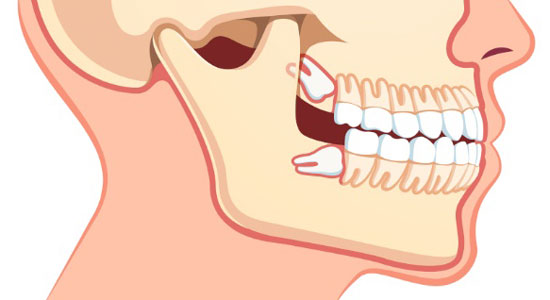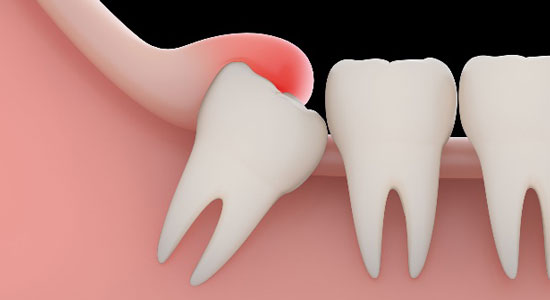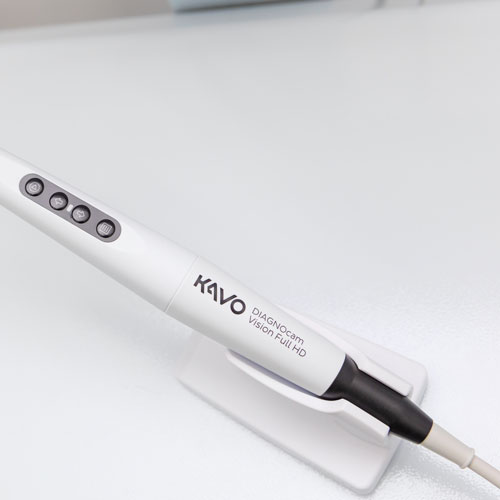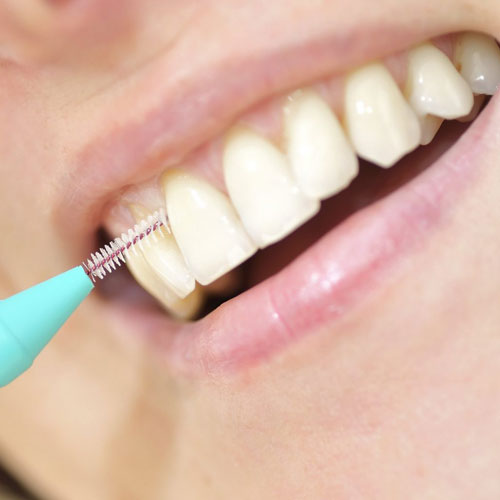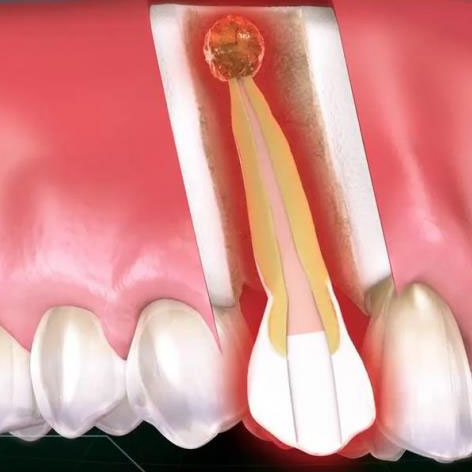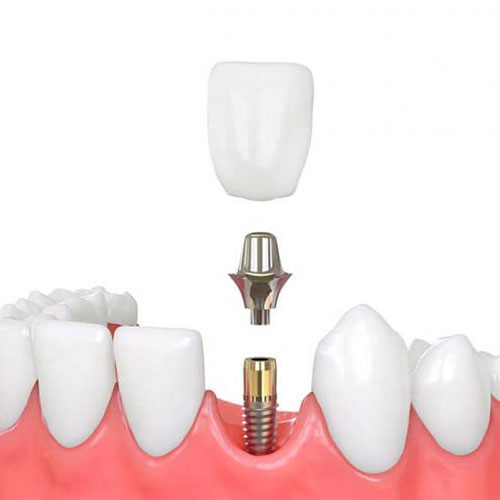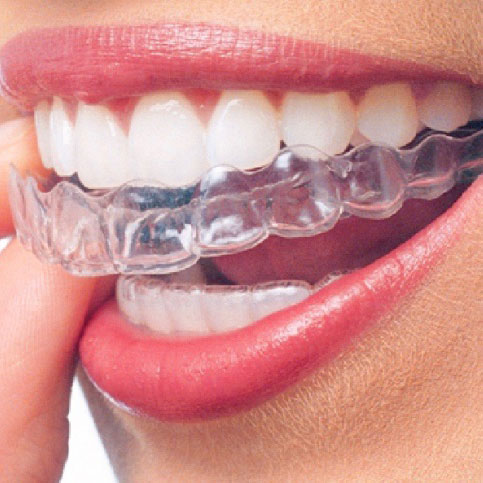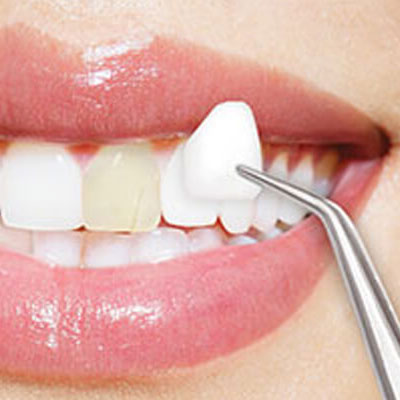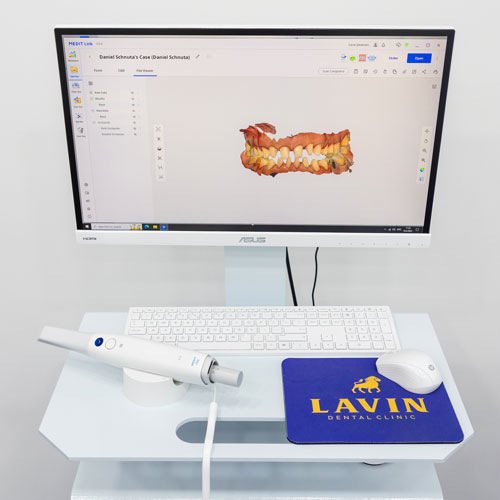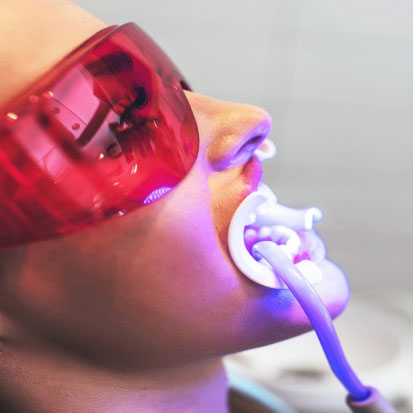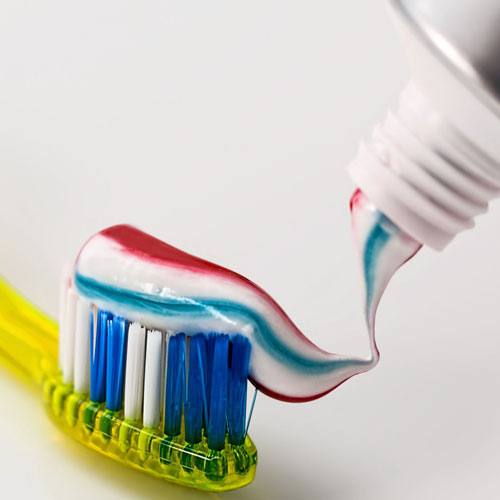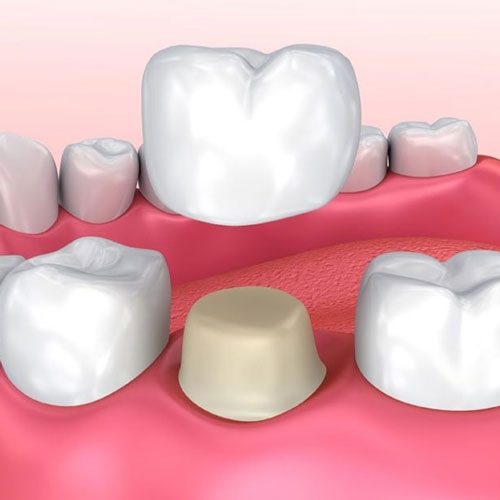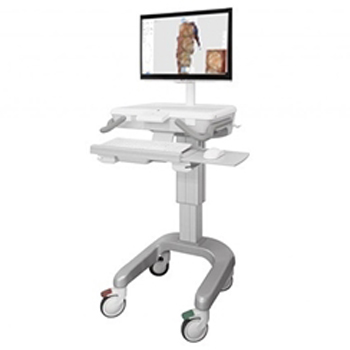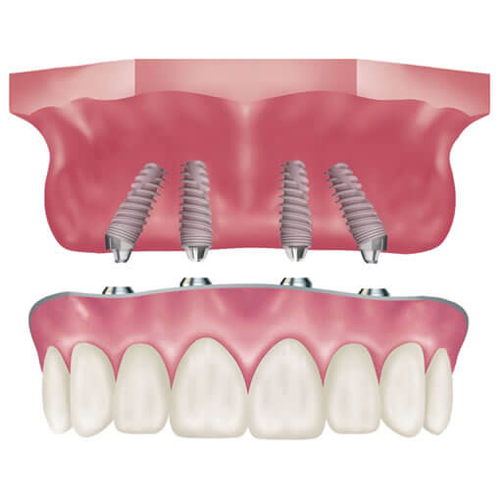Blog
Wisdom Teeth – Everything You Need to Know About Them
Wisdom teeth, also known as third molars, are the eighth tooth in the dental arch from the midline. They grow in four places in the jaws, and since they erupt last, they are often referred to as wisdom teeth. They typically emerge between the ages of 17 and 25. Wisdom teeth are remnants of evolution that were once necessary for grinding and crushing hard food but have lost their purpose due to changes in diet.
The main problem associated with wisdom teeth is the inability to fully erupt, resulting in a condition called impaction or partial impaction of these teeth. An impacted tooth is a tooth that has not erupted because its normal path of eruption is obstructed or blocked by an obstacle. A partially impacted tooth is partially visible in the oral cavity and partially covered by soft tissue.
Wisdom teeth often exert pressure on adjacent teeth and cause misalignment in the dental arch. In such cases, it is necessary to remove them as soon as possible to prevent potential problems.
Complications that wisdom teeth can cause include:
Surgical extraction of wisdom teeth:
After establishing the diagnosis, analyzing the X-ray images, and conducting a clinical examination, the procedure is planned.
Surgical extraction of wisdom teeth is performed under local anesthesia and is completely painless. It is important to be as relaxed as possible, as it will make the procedure shorter. After the dentist removes the tooth and stitches the wound, it is necessary to avoid eating until the anesthesia wears off, and on that day, you should not consume anything hot. After the procedure, antibiotic therapy, as well as analgesics and anti-inflammatory drugs, are prescribed.
After 7 days, you should come for suture removal.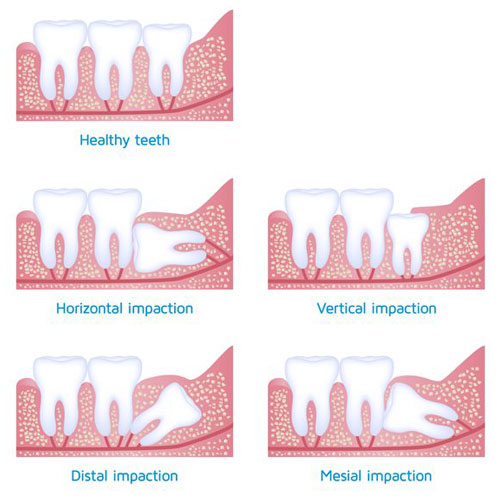
If you are unsure whether your wisdom teeth need to be extracted, schedule a consultation and examination with Dr. Lazar Jovanović, a specialist dentist.



